E-Waste and Elephants: A Story of Obsolete Technology Disposal
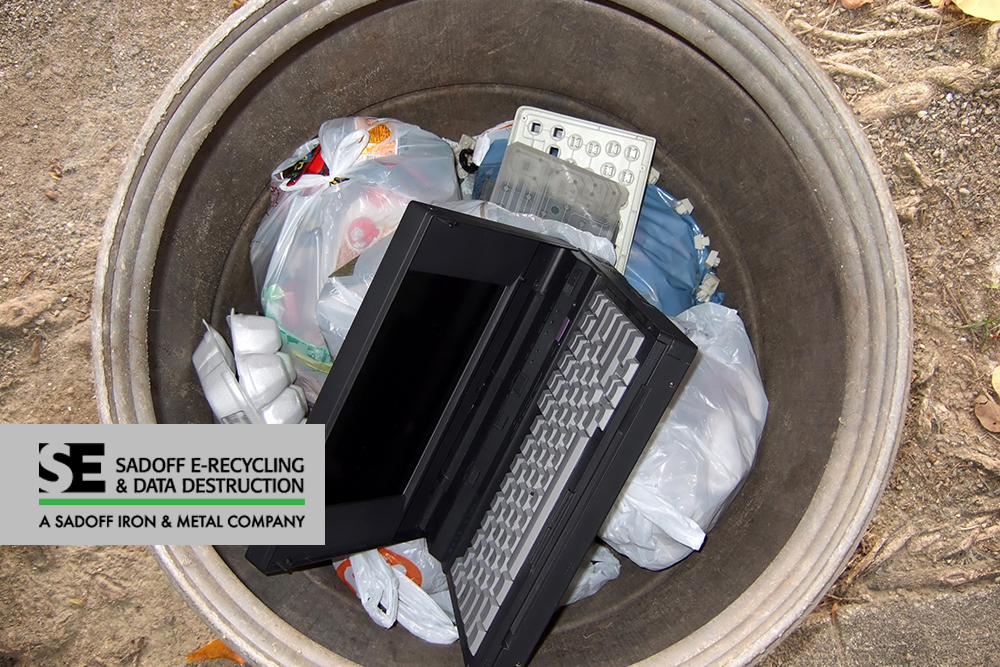 5
5 May
There’s a legend about elephants that says when they know their time has come, they quietly leave in the middle of the night and journey to a place called The Elephant Graveyard. In this mythical setting, they peacefully pass away with dignity, knowing they have served their herd well. It’s a noble sentiment, and a beautiful story that adds a touch of mystery and romance to an otherwise ordinary and somber occasion.
Unfortunately, computers and similar technology don’t have their version of an elephant graveyard. When a piece of electronic tech no longer serves its purpose, it doesn’t slip away in the night to die amongst the bones of it’s brethren. Instead, it’s often relegated to a dusty shelf in a closet or storage room, or worse, the hard floor of a basement, garage, or attic. There it waits, hoping to someday be useful once again. But someday never comes. That sad piece of technology that was once loved so much will slip deeper into obsolescence and eventually be dumped into a trash can, driven to the landfill, and crushed under the spiked metal wheels of a front end loader, or worse, shipped overseas as part of an e-recycling scam. It will no longer have purpose, not even as a reminder of the incredible pace of technological progress. It will lay crushed in the blackness, its components leaching hazardous chemicals into the ground, and eventually into the water, as the materials that contained them slowly degrade. Plastics, heavy metals, phosphors, and other substances break down, but never really disappear, while precious metals like silver, gold, and platinum remain buried. The best that can be hoped for is that some historian, centuries from now, will dig up this ancient relic and place it in a museum exhibit commemorating the shortsighted, throwaway culture of the 21st century.
But it doesn’t have to be this way. Let’s turn the clock backwards from that bleak, polluted future to the reality of today and reexamine how things might have happened differently. Only a handful of potential paths lie ahead for obsolete electronic equipment, each has its downsides and its redeeming qualities. Some are better than others, depending on the nature of the particular equipment, but they’re all far superior to the path we just walked.
In this case, the best place to start is at the end, to the day when this piece of technology no longer had a useful purpose for its owner. Were it an elephant, this would be the night it wanders off to The Elephant Graveyard. This is also when everything could have changed.

The Path to Resale: When Obsolete Equipment Still Has Monetary Value
The moment the owner, be they a private individual, an employee, or an entire organization, no longer saw personal value in this equipment, there was a perfect opportunity to change the ending to our story. Although they had no immediate use for it, there was something that made them place it in storage—just in case—instead of simply throwing it away immediately. This is when the story could have gone another way, because that little “just in case” voice in the back of their head was right, that equipment still had a purpose. It still had value. Had they listened to that voice, or perhaps been a little more motivated, they might have seen opportunities to dispose of their obsolete technology in a more positive, ecologically friendly way, instead of storing it away and allowing the remaining value to slowly evaporate over time.
Provided the equipment didn’t contain sensitive data, like on a hard drive or SSD, the most obvious solution would have been to sell it. Thankfully, online tools like eBay, Craigslist, and Facebook Marketplace have made it easy to turn one person’s (or company’s) trash into another person’s treasure. Events like flea markets and garage sales also provide ample opportunities to find a buyer. People who have limited funds, or little desire for performance or features, are more than willing to breathe life back into used tech if the price is right. As are those who are looking for parts, or who simply prefer buying cheaper, preowned items versus investing in the latest and greatest technology.
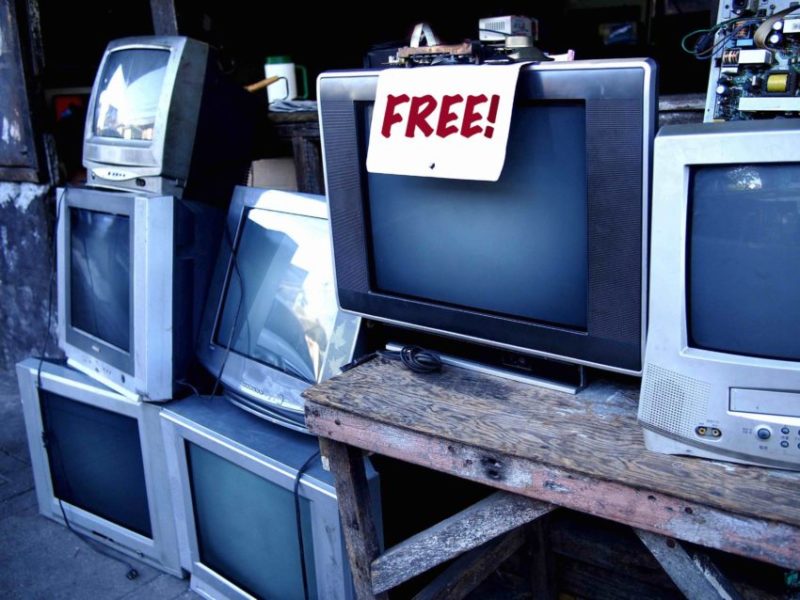
The Path to Reuse: Free Doesn’t Necessarily Mean Worthless
But what happens when nobody is willing to buy this particular piece of used technology at any price? Perhaps it no longer has any significant monetary value at all. What then?
Just give it away.
Provided it’s still functional when taken out of service, chances are pretty good that somebody will have a use for it. They may want it for parts, or want to disassemble it to see what makes it tick. Or perhaps they see a possible future use and don’t want to pass up the opportunity to get something for free. Whatever their reason, the mere act of taking possession often re-ignites a faded spark of value.
Giving things away, however, is sometimes easier said than done. Finding somebody who sees the value in an item others might consider useless isn’t always just a matter of putting it on the curb and hoping it’s gone in the morning. Once again, places like Craigslist and Facebook Marketplace provide a wellspring of people just waiting to find a priceless online treasure. In addition, charitable organizations like Goodwill, St. Vincent De Paul, and of course, companies like Sadoff E-Recycling and Data Destruction (SEDD), are more than willing to accept a functional item that might have value to others. Donors need to bear in mind, however, that donating a device to a non-profit provides no guarantee of data security, nor does it ensure that the equipment will be disposed of properly if it isn’t resold or put to good use.
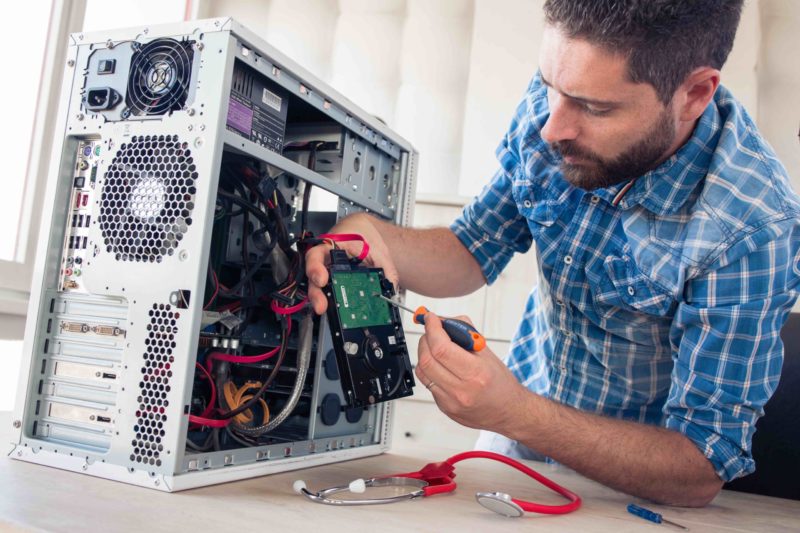
The Path to Refurbishment: Everything Old is New Again
But what if the device was put into storage because it was clearly at death’s door, or worse yet, had already passed through? What if it appears to be nothing more than a lifeless collection of components?
That’s where companies like SEDD truly shine. Unlike the dying elephant from our story, there’s still hope of resurrection for a departed piece of tech: refurbishment.
According to the Cambridge Dictionary, refurbishment is “the process of repairing and cleaning equipment so that its condition is like new.” In the case of electronic equipment, refurbishment can include everything from basic cleaning and testing to upgrading or replacing vital components. Oftentimes, a device can be brought back to full functionality by merely swapping a working part for a faulty one. With the right know-how and a minimal investment, a once-dead electronic device can be brought back to life.
For this reason, when items are brought to SEDD, they aren’t automatically considered dead-on-arrival (DOA). Instead, they’re evaluated and sorted based on the likelihood they can be brought back into service. Those that have promise are tested to determine their exact condition and the data storage devices are wiped or destroyed. Potentially functional units are sent off for refurbishment and resale by a third-party vendor, while the remainder are sent on to SEDD’s recycling process.
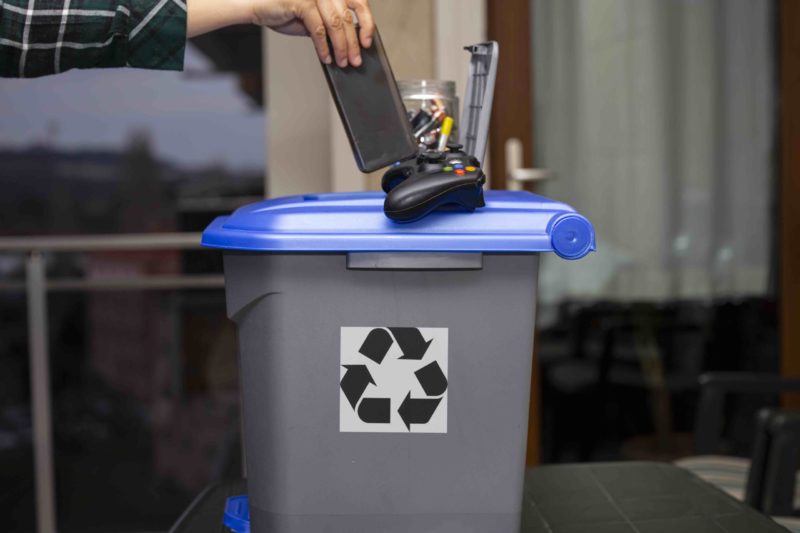
The Path to Recycling: Putting Some Value Back Into the World
Once our team of experts determines that an item has little or no functional value, it goes through a sorting process once again to determine the best method(s) for extracting the highest financial return from that device. Depending on the internal components, it often makes the most sense to disassemble the unit and extract various pieces individually due to their higher relative value. Some, like computer motherboards and graphics cards, can be sold as-is to be integrated into another computer. The remaining parts, including cases, power supplies, wiring harnesses, and circuit boards, may be disassembled and the parts sorted further to fully optimize the return on investment.
After all of that is complete, the pallets, barrels, and boxes containing the various sorted components are sent off to be processed. Some may be reused without further processing, while others will be ground up and go through mechanical and chemical processes to recover specific materials like steel, aluminum, copper, and precious metals. Materials that can’t be reused or recovered will be disposed of as trash. However, in comparison to the obsolete equipment in our story, the amount of wasted material, and its environmental impact, is drastically reduced.

The Path to Enlightenment: Finding a Better Way
While the story of The Elephant Graveyard is generally considered a myth, the story of our piece of forgotten tech is built on scientific facts and the disconcerting reality of our cultural mindset. We’re constantly upgrading to the latest and greatest technology with little forethought as to what will happen to the items we’re replacing. Manufacturers, eager to keep stockholders happy, develop new and better technology at an incredible pace. At the same time, they build obsolescence into their products and software in order to continuously accelerate the upgrade cycle. Meanwhile, little consideration is given to refining those products for easier and safer recycling or disposal.
Making matters worse are government entities who are slow to create and enforce much-needed regulations, suppliers of raw materials who continue to draw from an ever-dwindling supply of natural resources, and organizations that are obligated to replace end-of-life technology in order to keep pace with industry and consumer demands.
There is no elephant graveyard for obsolete technology, but in the end, it really doesn’t matter. Lawmakers, organizations, and individuals with a clearer vision of the future will eventually prevail. Programs, technologies, and methods to better manage these issues will be developed so fewer hazardous materials end up in our air, food, and water. Those same efforts will help ensure that the vast majority of vital raw materials are returned to the supply chain. All of those things will happen, but in the meantime, the environment, economy, and future generations suffer from the delay as the world becomes more polluted and raw materials vanish into the ground. The path to choose isn’t always the obvious one, or the easiest one, but it is the right one, and the time is now.
Find out how you and your organization can properly dispose of obsolete technology and simultaneously protect sensitive data by checking out some of our other blog posts. To learn more about what we do, and how we do it, head over to our homepage or contact us.
Tags: data security, e-recycling, electronics recycling, how to dispose electronics, recycling IT equipment, risks of obsolete equipmentCategorized in: E-Recycle, Electronics Recycling



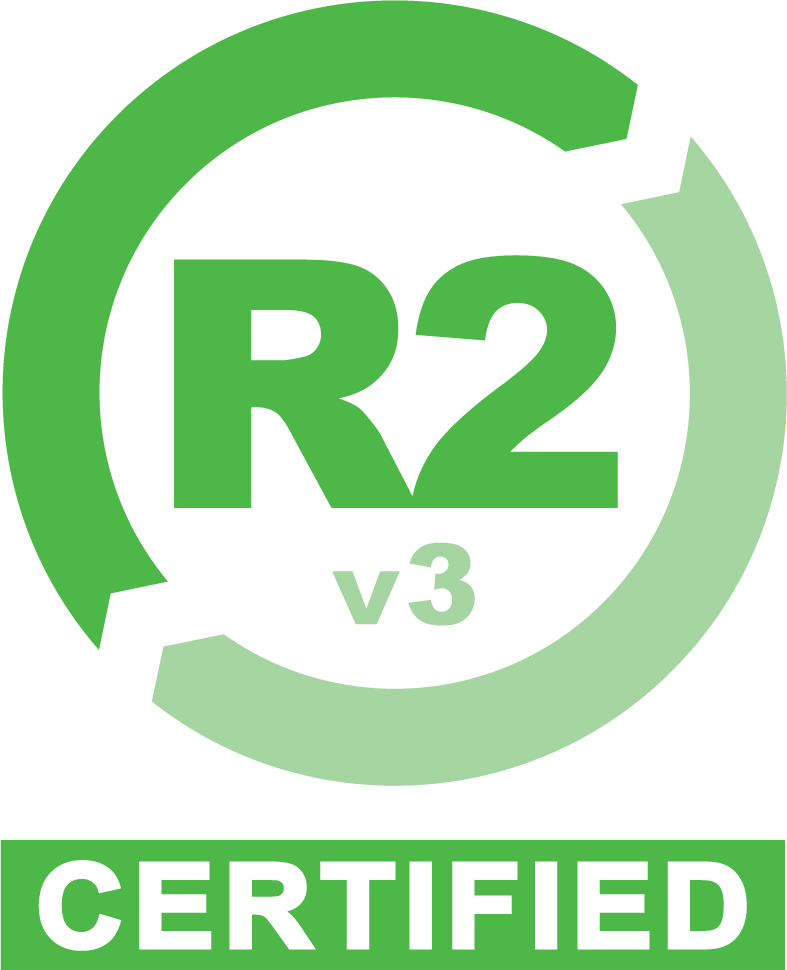
 Google map directions
Google map directions
 Google map directions
Google map directions
 Google map directions
Google map directions
 Google map directions
Google map directions
 Google map directions
Google map directions
 Google map directions
Google map directions
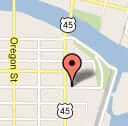 Google map directions
Google map directions